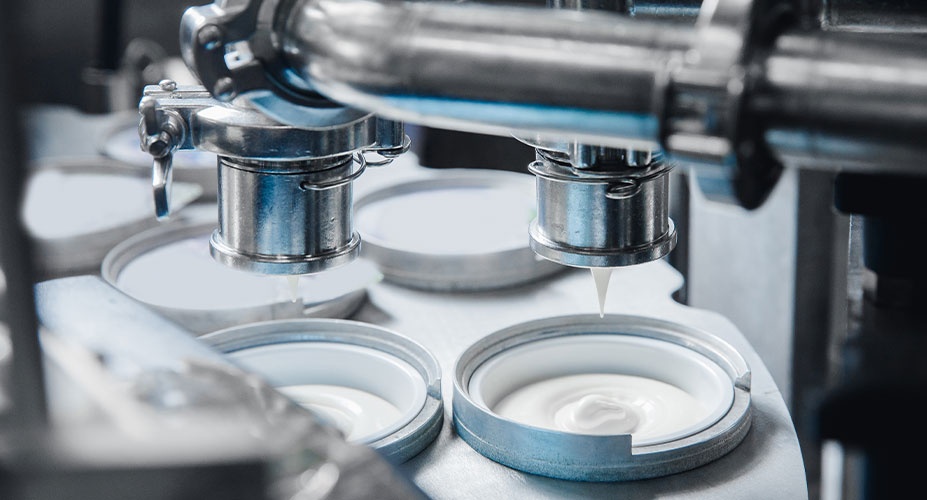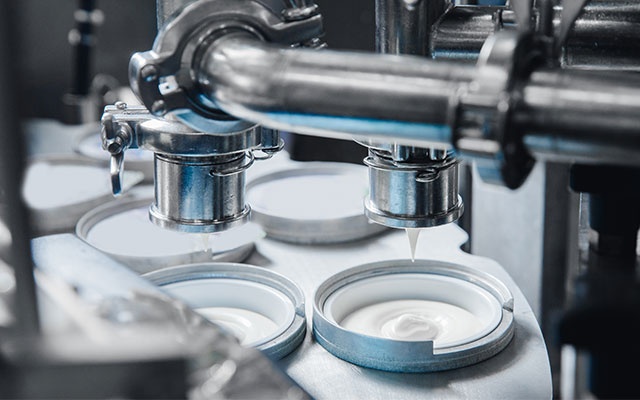

Clean-in-Place & Steam-in-Place Guide
Clean-in-Place (CIP) and Steam-in-Place (SIP) are automated methods of cleaning and sterilizing process systems without the need to disassemble them.
These methods utilise chemicals, heat and water to thoroughly clean machinery, including elements such as pipes, filters and fittings.
Clean-in-Place and Steam-in-Place systems are commonly used in the food and beverage and pharmaceutical industries to ensure the sterilization of hygiene critical processes.
These automations were first introduced in the 1950s for dairy plant processes. Prior to this, the equipment had to be disassembled and cleaned by hand which was extremely time-consuming when done on an industrial scale.
What is the difference between CIP and SIP?
What is CIP?
CIP stands for Clean-In-Place and is an automated process that uses a combination of chemicals, heat and water to sanitise equipment. One CIP cycle will usually take between 60 and 90 minutes.
Which cleaning agents are used in CIP?
Below is a list of the chemicals frequently used in CIP cleaning.
- Caustic Soda (Sodium Hydroxide)
- Phosphoric and Nitric Acids
- Sodium Hypochlorite (Hypo), Chlorine Dioxide and Peracetic Acid (PAA).
What is SIP?
SIP or Steam-in-Place adds additional sterilisation to the CIP process by using steam at temperatures of 120-135°C for 30 minutes to eliminate any microorganisms.
Steam-in-Place is the preferred cleaning operation in the production of pharmaceutical and extended shelf life (ESL) or ultra-pasteurized milk.
Selecting the right seal materials for CIP & SIP processes
If you are utilising CIP or SIP in your own sanitising process it’s important to be aware of the impact it can have on your seals. Depending on the elastomer used, the aggressive chemicals and high temperatures can have a detrimental effect on the longevity of your seals, shortening their lifespan.
There are a number of factors in CIP & SIP processes that can impact the lifetime of the elastomer seal. These include -
Cleaning Temperature
Depending on the application CIP temperatures can reach 100°C, while Steam-in-Place reaches between 120-135°C. The combination of load, pressure and high temperature can greatly intensify the deterioration of certain elastomers.
Concentration of the CIP Cleaning Agents
The complex formulation of aggressive chemicals used in CIP & SIP can cause severe damage to elastomer seals.
Seal Design & Elastomer Material
Selecting the appropriate elastomer seal is incredibly important for both CIP & SIP processes, as selecting an ill-suited material can result in costly downtime.
Which elastomer seals are best suited for CIP and SIP processes?
When it comes to selecting a seal for use in your food, dairy or pharmaceutical application it’s important to to understand which materials have the best temperature and chemical resistance. Below is a list of elastomer materials and their suitability for use in CIP/SIP cleaning processes.
- VMQ & HNBR
Generally, silicone rubber (VMQ) and hydrogenated acrylonitrile butadiene rubber (HNBR) are not suitable for most CIP and SIP applications.
- FKM
Fluoroelastomer (FKM) materials are also not an ideal choice as they have significant weaknesses to both alkaline and acidic media.
- EPDM
Ethylene propylene diene monomer (EPDM) is generally a good choice for sealing aseptic technology but falls short when it comes to more intensive CIP measures.
- FFKM
FFKM has excellent resistance to chemical media and high temperatures. It is universally considered the best material for CIP and SIP processes.
Considering the options available, getting the seal specification right for process equipment could save producers from the high risk of costly and damaging recalls and product liability.
Our Perlast® Perfluoroelastomer (FFKM) Seals have been designed to combat both high temperature and withstand chemicals used in SIP and CIP procedures, making it an ideal choice for critical food and pharma applications.
For more help finding the right material for your application our quick & easy chemical resistance guide for elastomers will help you find out which elastomer sealing material is the most suitable for any given operating environment.
Want to know more?
Read our Whitepaper "Sealing, SIP and CIP - what do I need to know?"